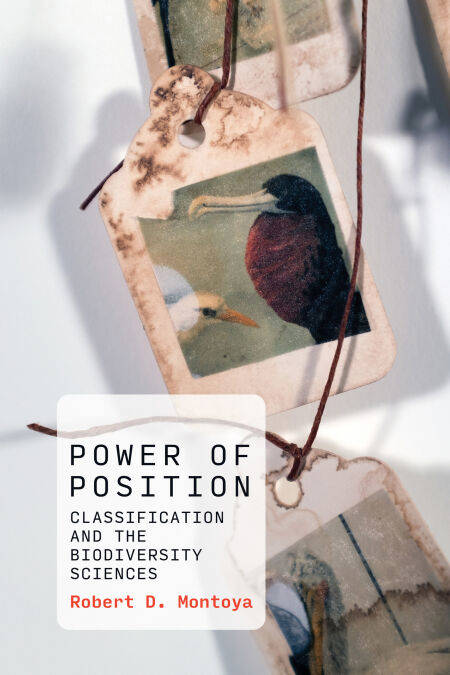
- Afhalen na 1 uur in een winkel met voorraad
- Gratis thuislevering in België vanaf € 30
- Ruim aanbod met 7 miljoen producten
- Afhalen na 1 uur in een winkel met voorraad
- Gratis thuislevering in België vanaf € 30
- Ruim aanbod met 7 miljoen producten
Zoeken
€ 39,42
+ 39 punten
Omschrijving
How biodiversity classification, with its ranking of species, has social and political implications as well as implications for the field of information studies.
The idea that species live in nature as pure and clear-cut named individuals is a fiction, as scientists well know. According to Robert D. Montoya, classifications are powerful mechanisms and we must better attend to the machinations of power inherent in them, as well as to how the effects of this power proliferate beyond the boundaries of their original intent. We must acknowledge the many ways our classifications are implicated in environmental, ecological, and social justice work—and information specialists must play a role in updating our notions of what it means to classify.
In Power of Position, Montoya shows how classifications are systems that relate one entity with other entities, requiring those who construct a system to value an entity’s relative importance—by way of its position—within a system of other entities. These practices, says Montoya, are important ways of constituting and exerting power. Classification also has very real-world consequences. An animal classified as protected and endangered, for example, is protected by law. Montoya also discusses the Catalogue of Life, a new kind of composite classification that reconciles many local (“traditional”) taxonomies, forming a unified taxonomic backbone structure for organizing biological data. Finally, he shows how the theories of information studies are applicable to realms far beyond those of biological classification.
The idea that species live in nature as pure and clear-cut named individuals is a fiction, as scientists well know. According to Robert D. Montoya, classifications are powerful mechanisms and we must better attend to the machinations of power inherent in them, as well as to how the effects of this power proliferate beyond the boundaries of their original intent. We must acknowledge the many ways our classifications are implicated in environmental, ecological, and social justice work—and information specialists must play a role in updating our notions of what it means to classify.
In Power of Position, Montoya shows how classifications are systems that relate one entity with other entities, requiring those who construct a system to value an entity’s relative importance—by way of its position—within a system of other entities. These practices, says Montoya, are important ways of constituting and exerting power. Classification also has very real-world consequences. An animal classified as protected and endangered, for example, is protected by law. Montoya also discusses the Catalogue of Life, a new kind of composite classification that reconciles many local (“traditional”) taxonomies, forming a unified taxonomic backbone structure for organizing biological data. Finally, he shows how the theories of information studies are applicable to realms far beyond those of biological classification.
Specificaties
Betrokkenen
- Auteur(s):
- Uitgeverij:
Inhoud
- Aantal bladzijden:
- 272
- Taal:
- Engels
- Reeks:
Eigenschappen
- Productcode (EAN):
- 9780262362184
- Verschijningsdatum:
- 23/05/2022
- Uitvoering:
- E-book
- Beveiligd met:
- Adobe DRM
- Formaat:
- ePub

Alleen bij Standaard Boekhandel
+ 39 punten op je klantenkaart van Standaard Boekhandel
Beoordelingen
We publiceren alleen reviews die voldoen aan de voorwaarden voor reviews. Bekijk onze voorwaarden voor reviews.








